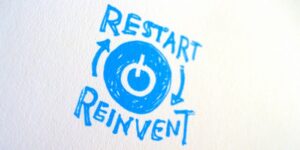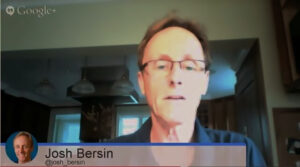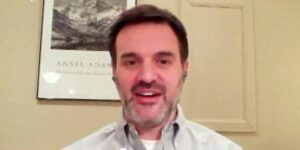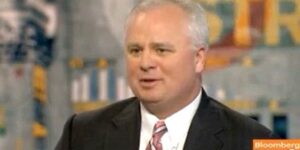
The Flip Side of Employee Engagement
In a world where Gallup pollsters say 71% of American workers are “disengaged” from their work, “employee engagement” is clearly an issue needing to be addressed. There

In a world where Gallup pollsters say 71% of American workers are “disengaged” from their work, “employee engagement” is clearly an issue needing to be addressed. There

The first quarter of 2014 brought welcome optimism for some of the world’s major economies. On the face of things, it’s great news. However, businesses

Hiring managers and recruiters often have something to say about the behavior and lack of professionalism of candidates. But maybe it’s time to look in

As a business manager or owner of a company, there are many things you can do to reinforce employee empowerment with the self-will to strive for

The balance of power is shifting in the employer/employee relationship. What does it mean for the future of work? The #TChat crowd weighs in

The balance of power is shifting in the employer/employee relationship. What does it mean for the future of work? The #TChat crowd weighs in

The past few #TChat shows have really dug deep into the concept and issues surrounding employee engagement. Every week we’ve asked what employee engagement truly

The balance of power is shifting in the employer/employee relationship. What does it mean for the future of work? The #TChat crowd weighs in

A recent Gallup poll found that engaged employees display an unexpectedly strong commitment to their work. Almost two-thirds (63%) of workers whom Gallup classified as

The balance of power is shifting in the employer/employee relationship. What does it mean for the future of work? The #TChat crowd weighs in
![Road To Organizational Transparency [Infographic]](https://talentculture.com/wp-content/uploads/2014/04/BlurryRoad-e1396990001278-300x227.jpg)
The past few weeks, #TChat has been focused on leadership and the best ways to keep an organization running like comfortable clockwork. Whether it be

The TalentCulture #TChat Show is back live on Wednesday, April 9, 2014. #TChat Radio starts at 6:30 pm ET (3:30 pm PT) and the convo

The balance of power is shifting in the employer/employee relationship. What does it mean for the future of work? The #TChat crowd weighs in

Too often we hear the term “employee engagement” and think of it as corporate wide initiative led by HR. Or maybe it’s why we need

The balance of power is shifting in the employer/employee relationship. What does it mean for the future of work? The #TChat crowd weighs in

The balance of power is shifting in the employer/employee relationship. What does it mean for the future of work? The #TChat crowd weighs in

The balance of power is shifting in the employer/employee relationship. What does it mean for the future of work? The #TChat crowd weighs in

The balance of power is shifting in the employer/employee relationship. What does it mean for the future of work? The #TChat crowd weighs in

The balance of power is shifting in the employer/employee relationship. What does it mean for the future of work? The #TChat crowd weighs in

“The war for talent is over, and the talent won.” What’s behind this revolution? Let’s discuss this week at #TChat events with talent management analyst, Josh Bersin

If you want to know how people can contribute to your company, why not take a test drive? Wordpress co-founder Matt Mullenweg explains

How can your company do a better job of making hiring choices in today’s competitive marketplace? Let’s talk at #TChat Events

How can employers win the hearts and minds of today’s workforce? The TalentCulture community takes a closer look — for better or worse.

Employers: Are you hiring tech talent for the right reasons? Take a closer look at workforce motivations…

What really makes “great” employers special? And can how can companies make “great” magic last? #TChat lessons learned